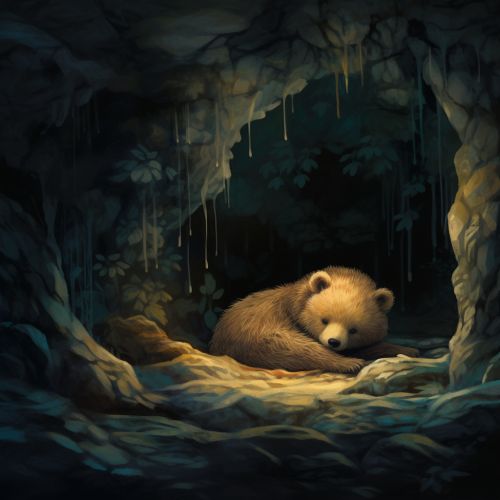The Biological Mechanisms of Animal Hibernation Timing
Introduction
Hibernation is a state of inactivity and metabolic depression in endothermsEndotherms, characterized by lower body temperature, slower breathing, and lower metabolic rateMetabolic rates. Hibernating animals conserve energy, especially during winter when food is short, by lowering their metabolic rate and body temperature. The biological mechanisms of animal hibernation timing are complex and involve a combination of environmental cues, hormonal signals, and genetic factors.


Environmental Cues and Hibernation Timing
Environmental cues play a crucial role in the timing of hibernation. Changes in temperature, food availability, and day length can all trigger the onset of hibernation. For instance, as winter approaches and temperatures drop, many animals enter a state of hibernation to conserve energy and survive the harsh conditions.
Hormonal Signals and Hibernation Timing
Hormonal signals also play a significant role in hibernation timing. The pineal glandPineal glands, for instance, secretes the hormone melatoninMelatonins in response to changes in day length. Increased melatonin production can induce a state of torporTorpors, a short-term hibernation-like state, in some animals.


Genetic Factors and Hibernation Timing
Genetic factors also influence hibernation timing. Recent research has identified several genes that appear to be involved in regulating hibernation. These genes are involved in a variety of biological processes, including metabolism, cell survival, and circadian rhythmsCircadian rhythms.
Hibernation Timing in Different Species
Different animal species have different hibernation timings. For instance, the timing of hibernation in ground squirrelsGround squirrels is closely tied to changes in day length, while bearsBears rely more on changes in food availability and body fat reserves.


Conclusion
Understanding the biological mechanisms of animal hibernation timing is crucial for conservation efforts, particularly in the face of climate change. As environmental conditions change, the timing of hibernation may shift, potentially impacting survival rates and population dynamics.
